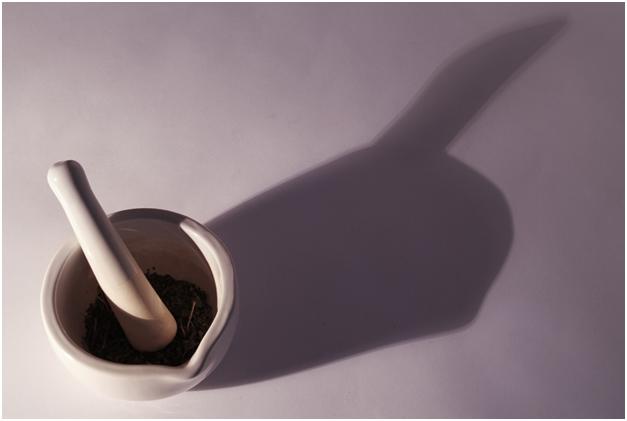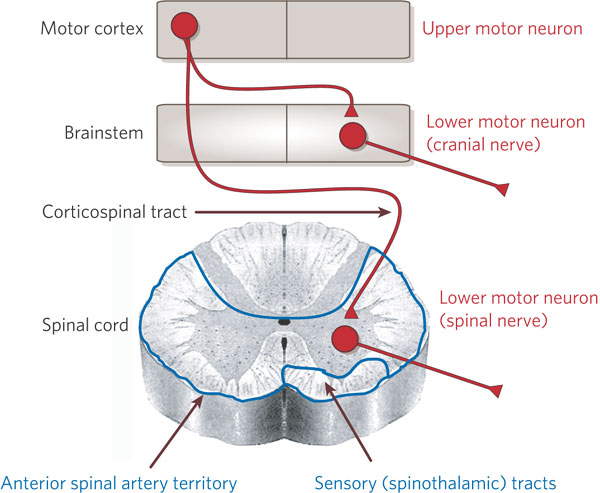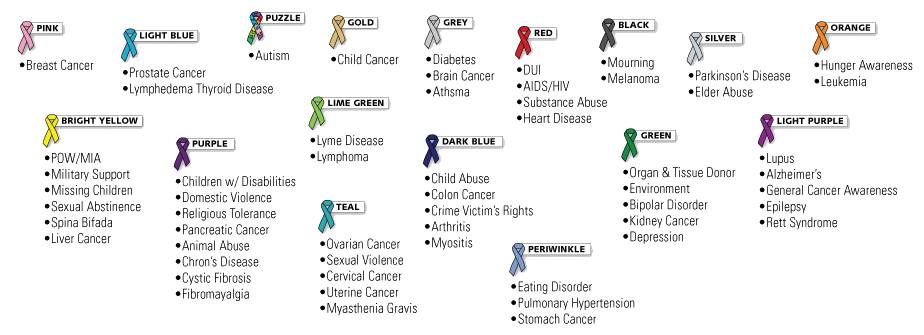Compounding Medicine & The Bigger Picture

Compound drugs are no longer being used just for patients with unusual conditions or premature infants. They’re now being seen as a lucrative and viable alternative than the long list of prescriptions. When patients have access to such drugs, their personalized medical needs are fulfilled.
However, some individuals such as retirees, veterans and U.S. military family members may have a hard time accessing compounded medicine. Thousands are feared to be left out of personalized medical access now that Tricare, a government healthcare program, has cut back funding on compounded drugs. QMedRx and other custom medication companies are fighting to make sure the public receives medicine that allows them to stay in optimal health.
How compounded medicine is helping patients
Sharon Louis goes to Bethesda, Md. at Village Green Apothecary every month to pick up a compounded medication for her granddaughter Katherine. She says her granddaughter was born with a liver disease and this is the only place where she can get personalized medicine.
Katherine’s liver was missing a part when she was born. The com
Compounding pharmacies are also helping health care professionals to give out prescriptions that are tailor made for the specific needs of the patient instead of recommending a standard medicine or dose. The nature of compounding medicine can vary from being simple in a form of liquid to complex solutions that involves creating injections or creams.
Compounding pharmacies can develop medications into creams that can avoid the effect on liver. The compounding of such creams is done for specific pain types such as soft- tissue injuries, muscle pain, gouts and arthritis. Most of the creams are applied directly to the site of pain so they’re able to avoid contact with the liver, which reduces the need for greater dosage and also lowers the possibility of side effects.
Consider a patient who requires different B vitamins, CoQ10 and antioxidants. If he/she takes them in the form of individual pills, the dosage can lead up to 100 pills a day or even more. Taking that much medication every day would be impossible for some patients, and this is where compounded drugs are a blessing in disguise. They can be made according to the patient’s exact needs in certain dilutions.
Through the community of patients and pharmacies that consume compounded medicine doesn’t get a lot of coverage as general medical counterparts (the Affordable Care Act isn’t helping it either), it continues to grow every year with the increase in demand for specialized medicine. Such services are vital and can stand between life and death in the end.
Article by Jennifer Smith







